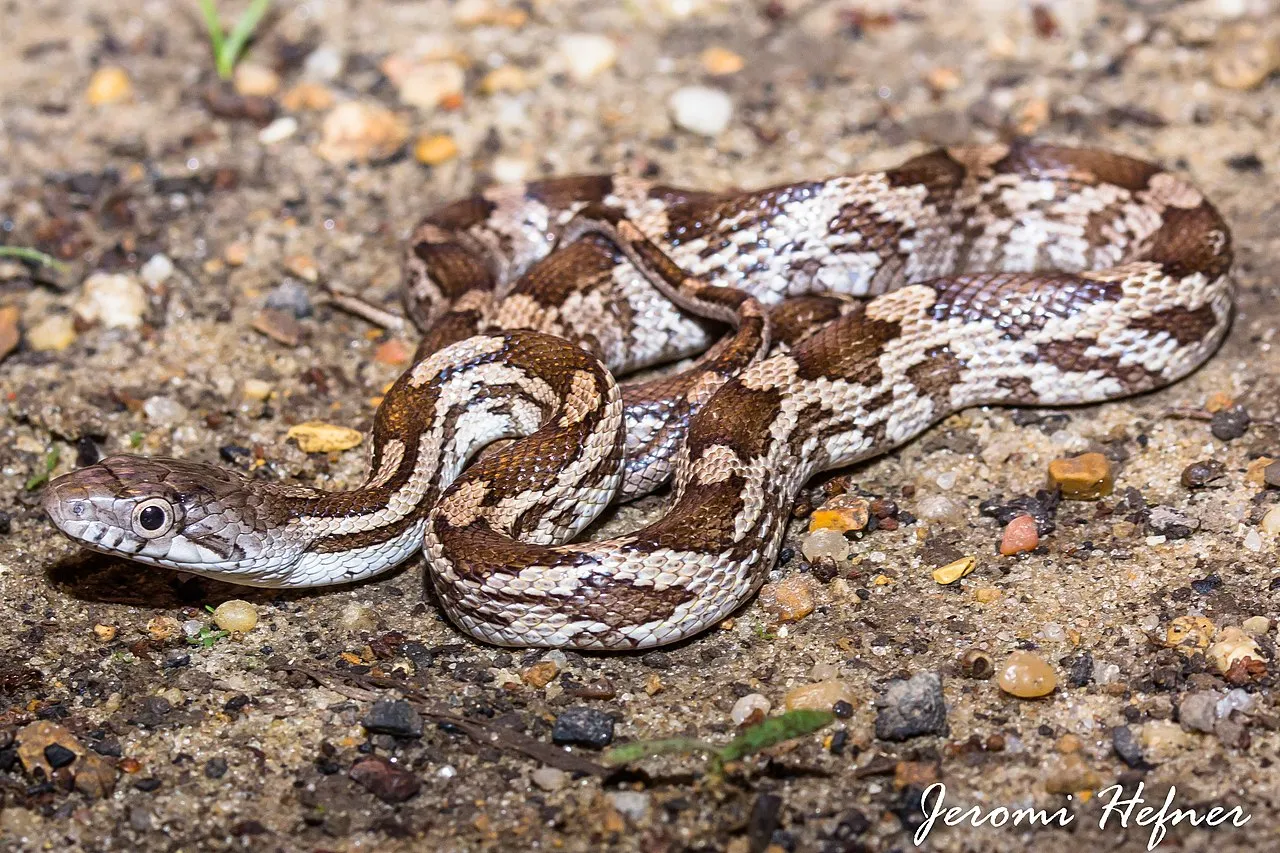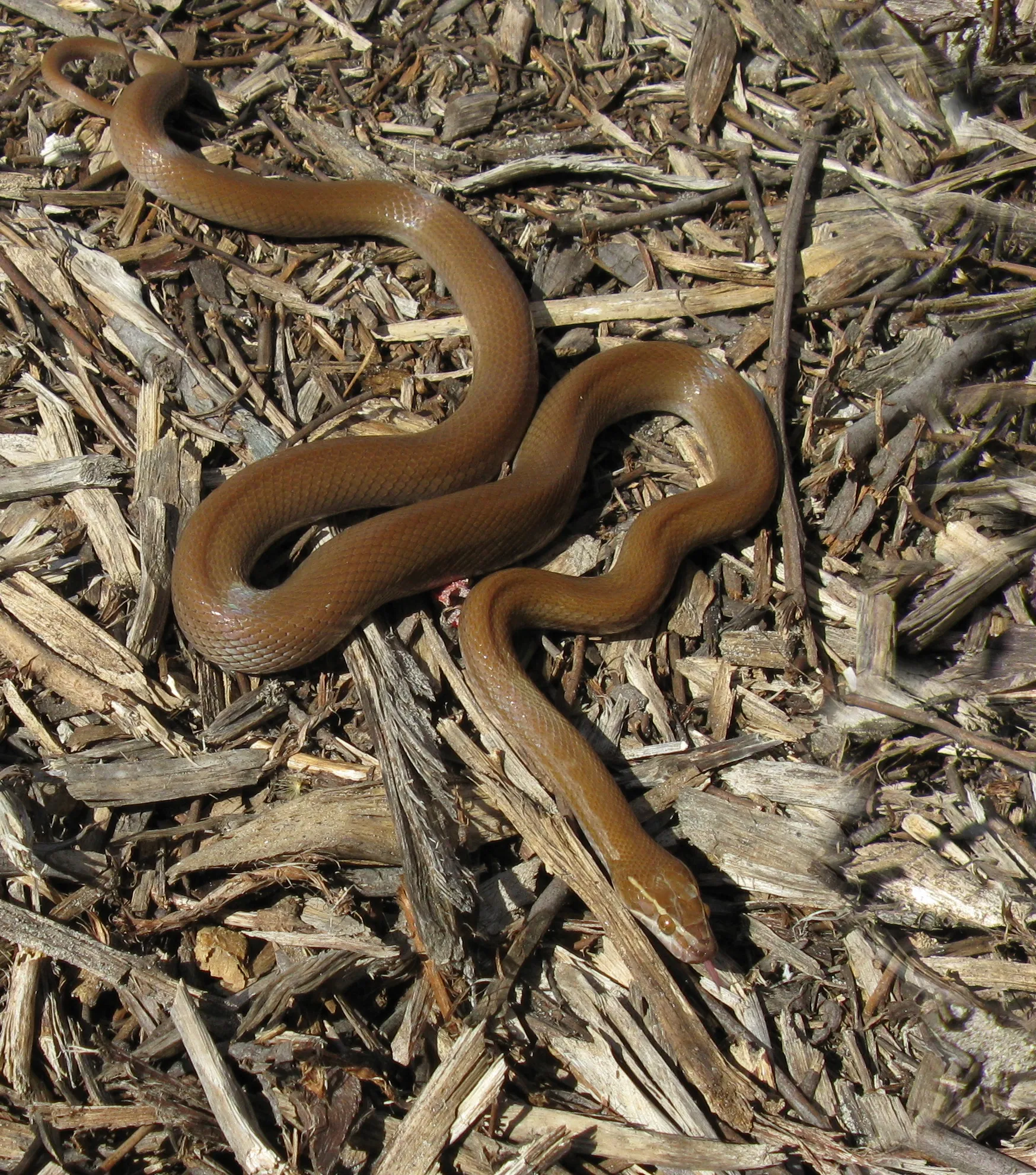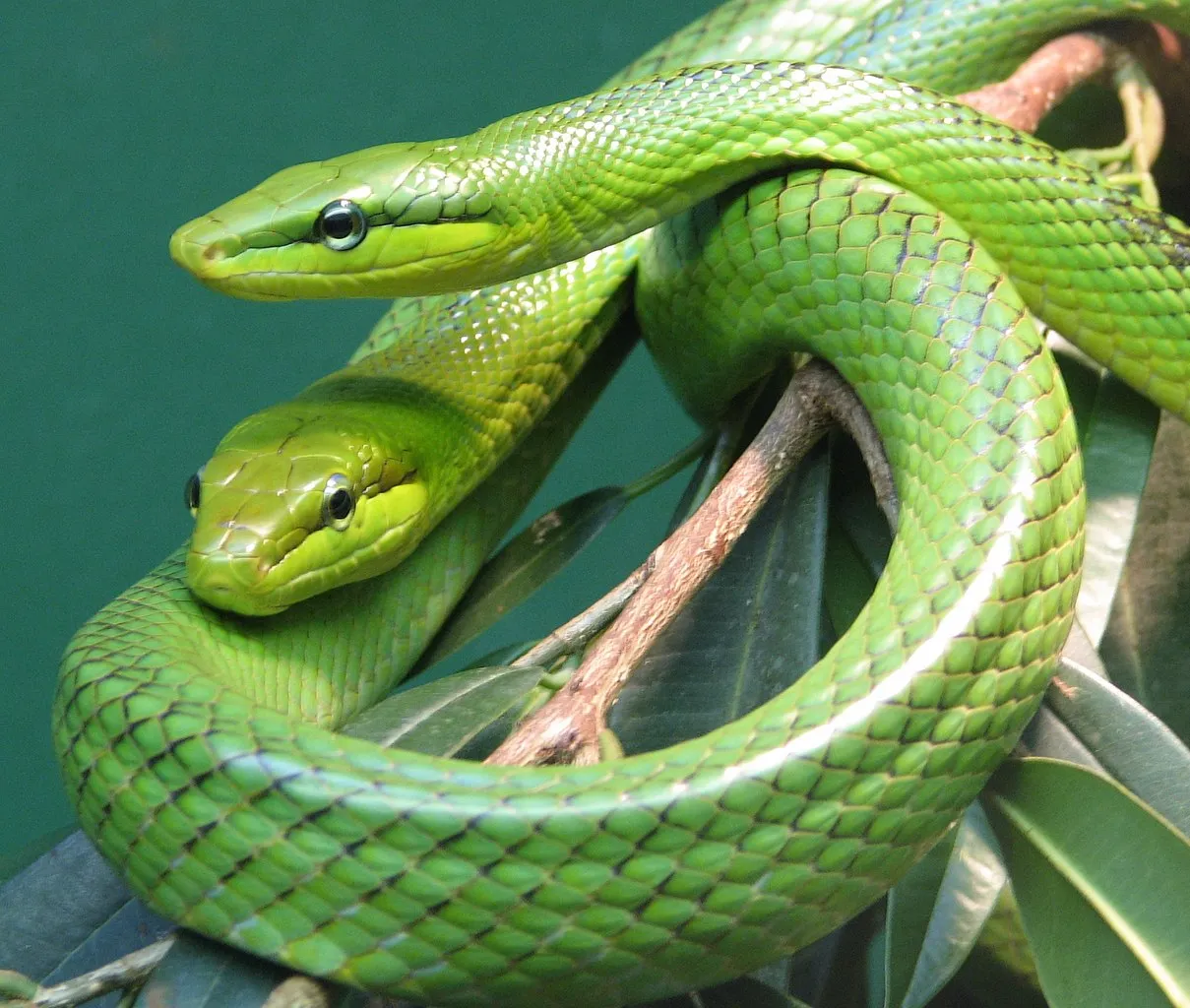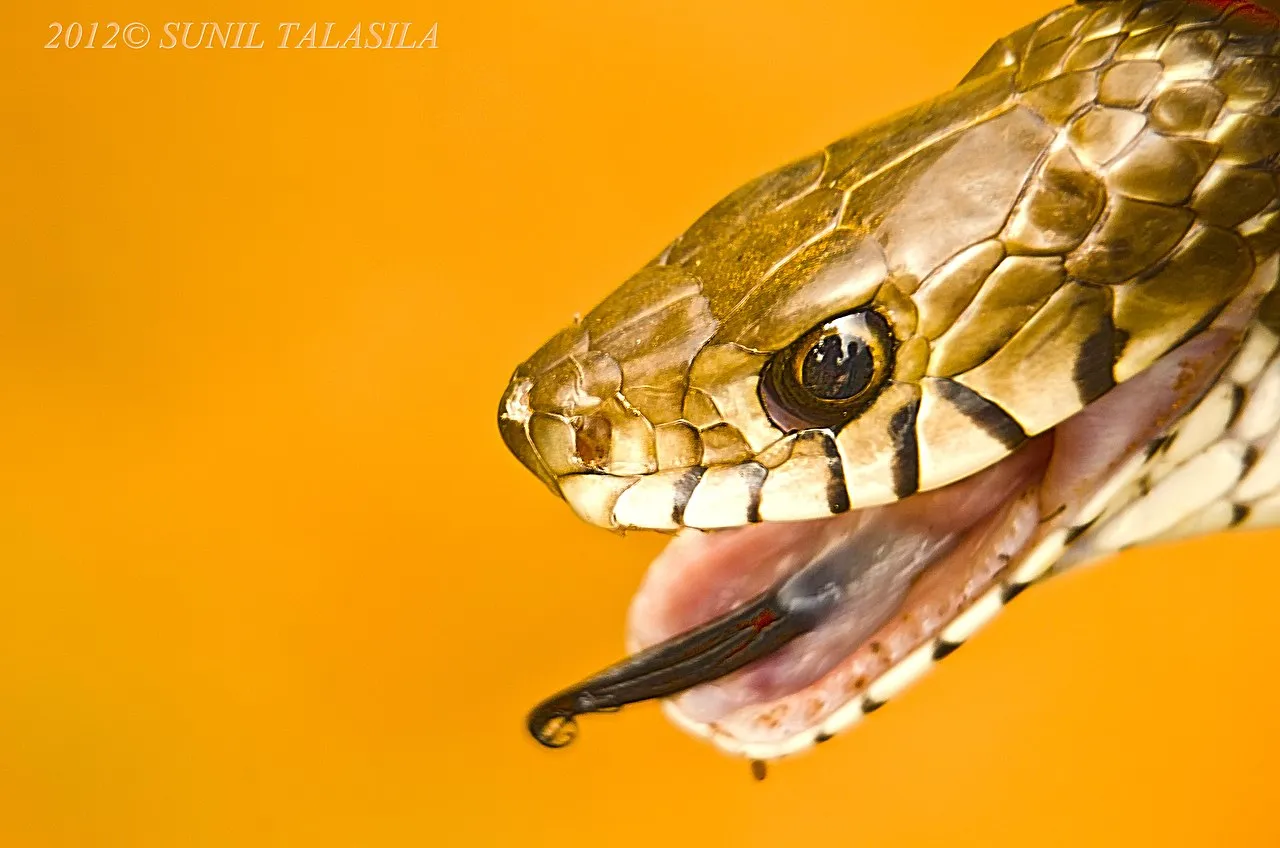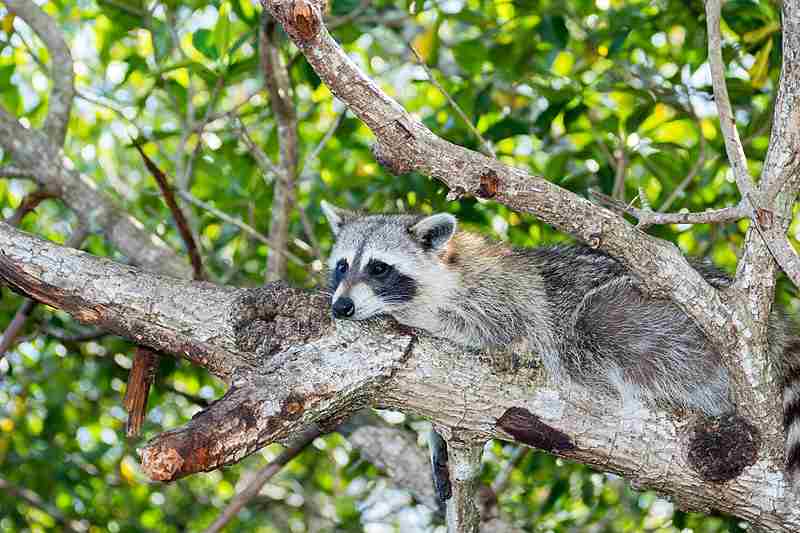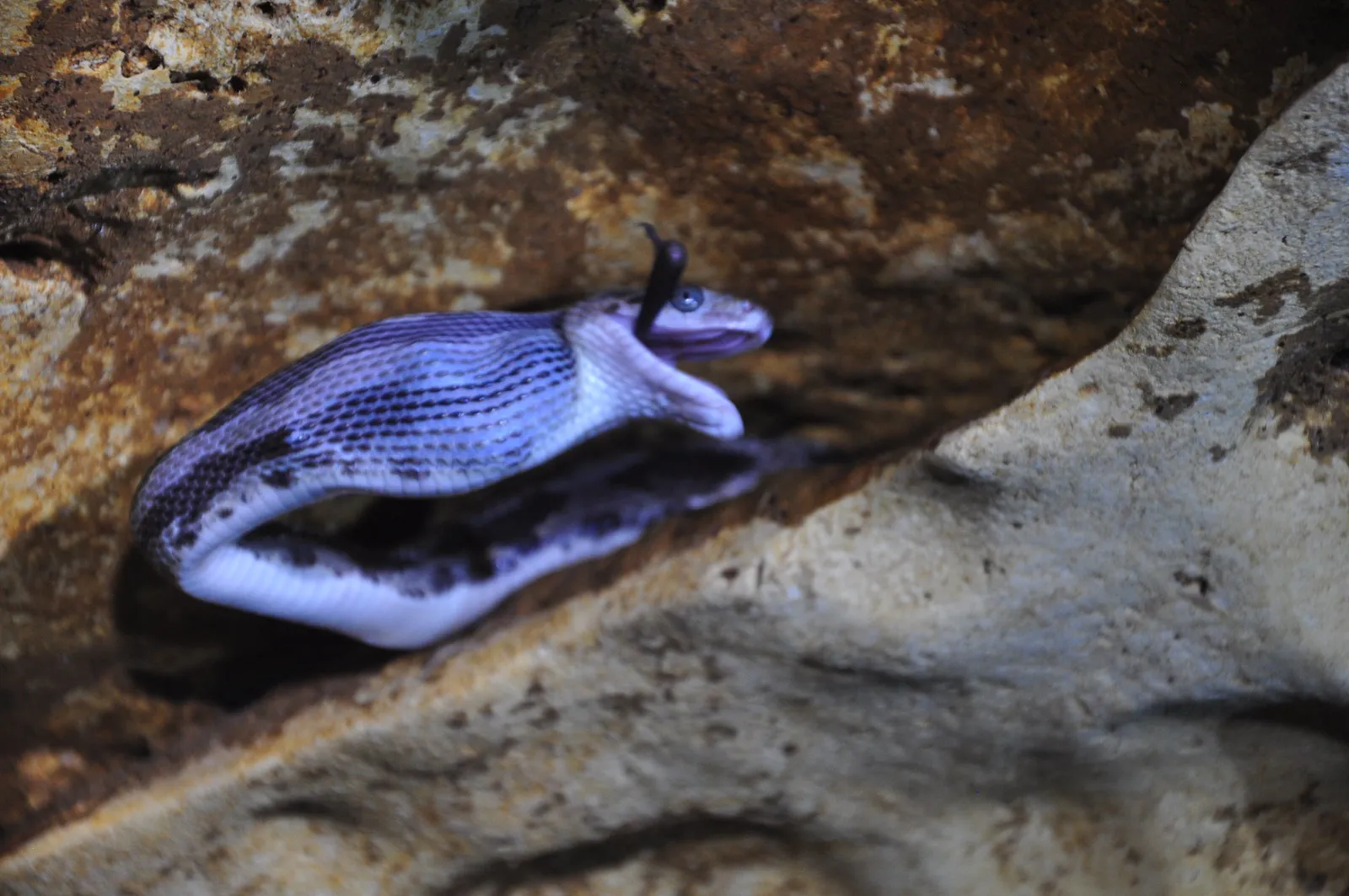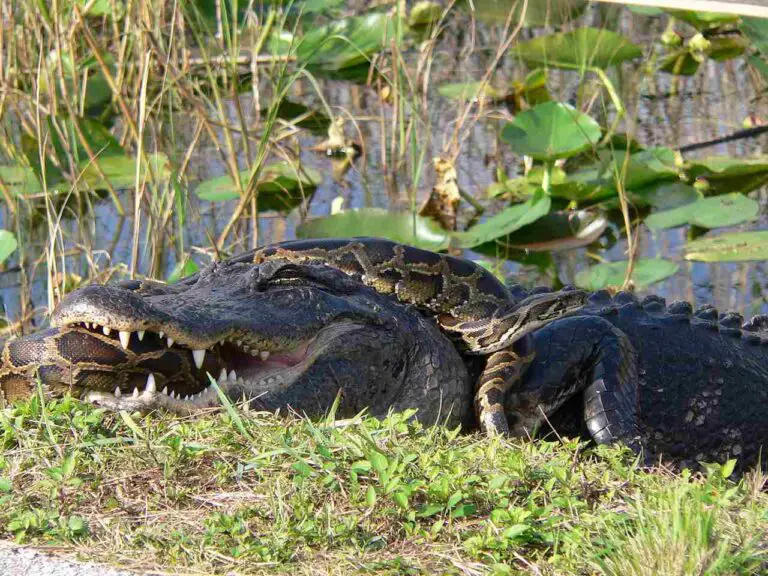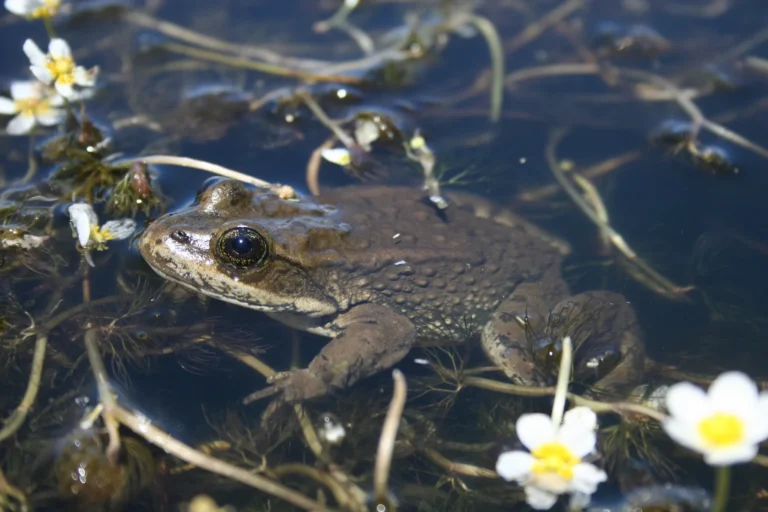Western Black Rat Snake / Western Rat Snake Facts and Description
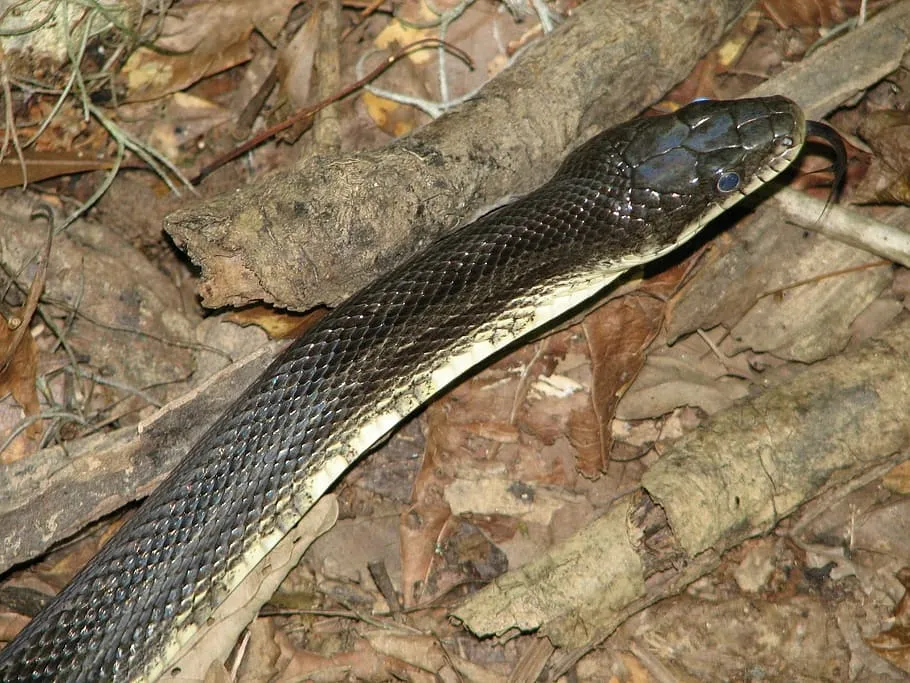
*Facts About The Western Rat Snake/ Western Black Rat Snake
- The western rat snake is a non-venomous reptile.
- It belongs to the Colubridae family.
- The species is scientifically classified as Pantherophis obsoletus.
- They come in different subspecies such as Pantherophis obsoletus obsoletus and Pantherophis obsoletus lindheimeri.
- Adult western rat snakes are typically between 3 to 5 feet long.
- They weigh around 1 to 4 pounds.
- These snakes have a slender body with brown to gray coloration and darker blotches or bands along their back.
- Western rat snakes have numerous small teeth angled backward.
- While they are not venomous, their bite can be painful.
- They mainly eat rodents like mice and rats.
- They also consume birds, amphibians, and occasionally small reptiles.
- Western rat snakes are terrestrial but can climb proficiently.
- They rely on constriction to subdue their prey.
- These snakes prefer habitats with ample cover like forests, grasslands, and marshes.
- Their range includes parts of the United States, Canada, and Mexico.
- They leave distinctive belly scale tracks in soft substrates like sand or mud.
- Females lay eggs in hidden underground locations during the spring.
- In the wild, they typically live between 10 to 15 years.
- Western rat snakes have adaptations like camouflaged coloration and agile climbing abilities.
- Their conservation status is generally of least concern.
- While not typically domesticated, they are popular as pets due to their docile nature and ease of care.
| Criteria | Details |
| Scientific Classification |
Kingdom: Animalia
Phylum: Chordata
Class: Reptilia
Order: Squamata
Family: Colubridae
Genus: Pantherophis
Species: Pantherophis obsoletus
|
| Subspecies |
Pantherophis obsoletus obsoletus
Pantherophis obsoletus lindheimeri
Pantherophis obsoletus spiloides
|
| Size and Weight |
Adults: 3 to 5 feet in length, 1 to 4 pounds
|
| Appearance and Identification |
Slender body, brown to gray coloration with darker blotches or bands along the back
|
| Dentition and Bite Force |
Numerous small teeth angled backward, non-venomous, bite can be painful
|
| Diet |
Primarily carnivorous, feeding on rodents, birds, amphibians, and occasionally small reptiles
|
| Behavior |
Terrestrial but competent climbers, rely on constriction for prey, silent communication
|
| Habitat |
Found in forests, grasslands, marshes, agricultural areas, prefer areas with ample cover
|
| Geographic Range and Distribution |
Native to North America, distributed throughout the United States, Canada, and Mexico
|
| Tracks |
Distinctive belly scale tracks in soft substrates like sand, mud, or snow
|
| Reproduction |
Oviparous, mating in spring, females lay eggs in hidden underground locations
|
| Lifespan |
Typically live 10 to 15 years in the wild
|
| Major Adaptations |
Camouflaged coloration, agile climbing abilities, constriction behavior for prey
|
| Conservation Status |
Generally of least concern, stable populations, but monitoring is essential for potential threats
|
| Domestication and Suitability as a Pet |
Not typically domesticated, popular as pets due to docile nature, ease of care, and attractive appearance
|
1. Scientific Classification:
Kingdom: Animalia
Phylum: Chordata
Class: Reptilia
Order: Squamata
Family: Colubridae
Genus: Pantherophis
Species: Pantherophis obsoletus
2. Subspecies:
Details: Western rat snakes have several recognized subspecies, including Pantherophis obsoletus obsoletus, Pantherophis obsoletus lindheimeri, and Pantherophis obsoletus spiloides.
Importance: Subspecies differentiation can indicate local adaptations and genetic diversity within the species.
Ecological Implications: Understanding subspecies variations helps in conservation efforts, as it allows for targeted protection of unique genetic populations.
3. Size and Weight:
Details: Adults typically range from 3 to 5 feet in length, though some individuals can reach lengths of up to 7 feet. They generally weigh between 1 to 4 pounds.
Importance: Understanding size and weight variations aids in species identification and management.
Ecological Implications: Size influences prey selection and predator avoidance strategies, impacting the species’ role within the ecosystem.
4. Appearance and Identification:
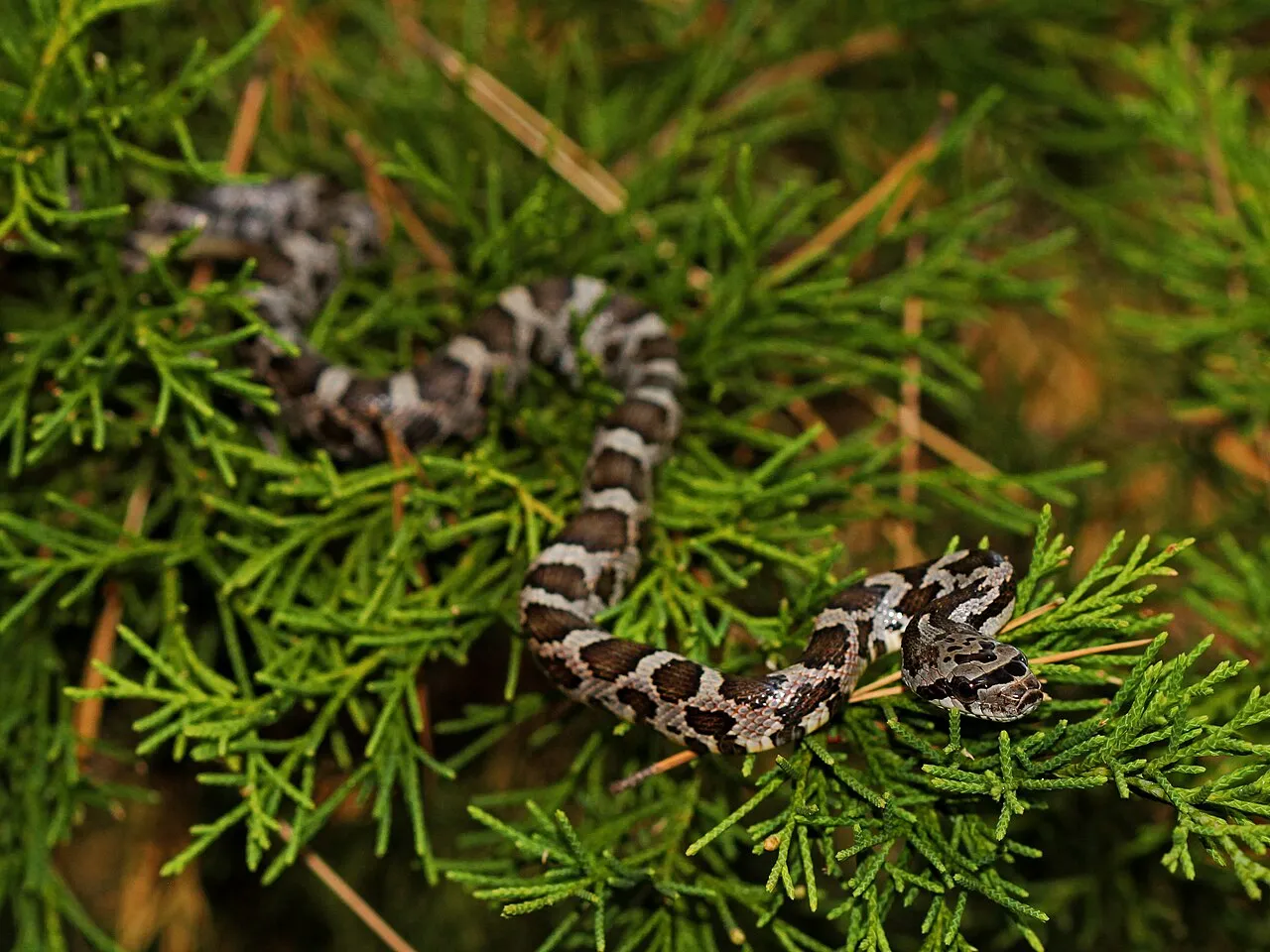
Details: Western rat snakes have a slender body with smooth scales, typically exhibiting a brown to gray coloration with darker blotches or bands along the back. Their belly is lighter in color.
Importance: Distinctive appearance assists in species identification, both for researchers and the general public.
Ecological Implications: Camouflage and coloration patterns play a role in predator avoidance and hunting success, influencing the snake’s interactions within its habitat.
5. Dentition and Bite Force:
Details: Western rat snakes have numerous small teeth, angled backward to aid in grasping and swallowing prey. While not venomous, their bite can be painful due to the pressure exerted.
Importance: Understanding the structure of the teeth and bite force contributes to our knowledge of feeding behavior and defensive mechanisms.
Ecological Implications: Prey capture efficiency and defense against predators are influenced by dentition and bite force, impacting the snake’s role in controlling rodent populations and avoiding predation pressure.
6. Diet:
Details: Western rat snakes are primarily carnivorous, feeding on a diet consisting mainly of rodents such as mice and rats. They may also consume birds, bird eggs, amphibians, and occasionally small reptiles.
Importance: As efficient predators of rodents, they help regulate prey populations, which can have cascading effects on ecosystem dynamics.
Ecological Implications: By controlling rodent populations, they indirectly contribute to maintaining the balance of plant and animal communities within their habitat.
7. Behavior:
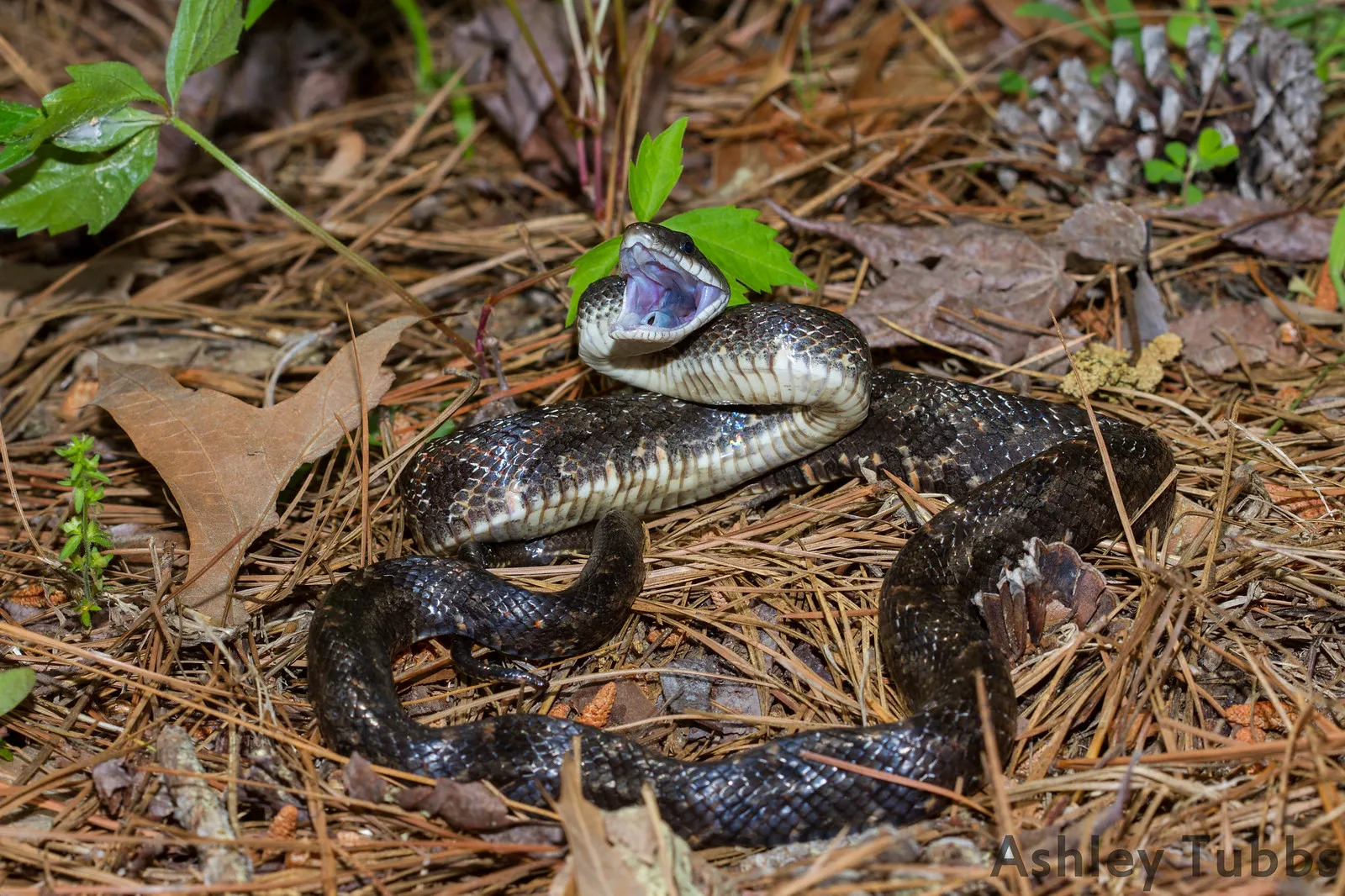
Details: Western rat snakes are primarily terrestrial but are competent climbers and may be found in trees or bushes. They are non-venomous and rely on constriction to subdue prey.
Importance: Understanding behavior patterns aids in predicting habitat use, foraging strategies, and responses to environmental changes.
Ecological Implications: Behavioral flexibility allows them to adapt to various habitats and prey sources, influencing their ecological role and interactions with other species.
8. Sounds/Vocalization:
Details: Western rat snakes are generally silent and do not produce vocalizations. They rely on visual and chemical cues for communication.
Importance: Lack of vocalization indicates reliance on other forms of communication, such as body language and chemical signals.
Ecological Implications: Silent communication reduces the risk of attracting predators or alerting prey, potentially enhancing hunting success and survival rates.
9. Habitat:
Details: Western rat snakes inhabit a variety of habitats, including forests, grasslands, marshes, and agricultural areas. They prefer areas with ample cover, such as brush piles, rock crevices, and abandoned structures.
Importance: Understanding habitat preferences aids in habitat management and conservation efforts.
Ecological Implications: Habitat selection influences resource availability, predator avoidance, and reproductive success, shaping the distribution and abundance of the species within its range.
10. Geographic Range and Distribution:
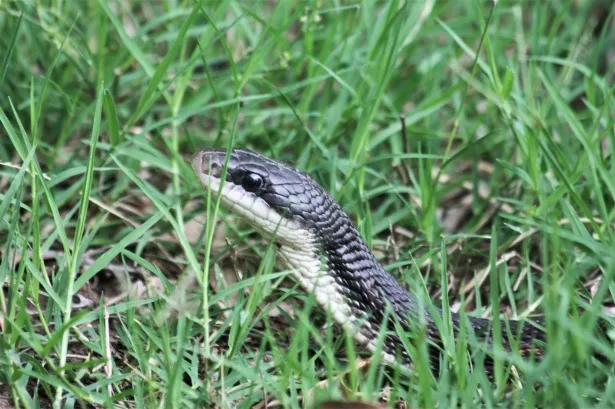
Details: Western rat snakes are native to North America and are found across a wide range of habitats throughout the United States, including the eastern and central regions, extending into parts of Canada and Mexico.
Importance: Knowledge of their geographic range helps in monitoring population trends and implementing conservation measures.
Ecological Implications: Their distribution impacts local ecosystems and biodiversity, as they play a role in regulating prey populations and serving as prey for other species.
11. Tracks:
Details: Western rat snakes leave distinctive tracks characterized by a series of parallel lines formed by their belly scales. These tracks can be found in soft substrates such as sand, mud, or snow.
Importance: Tracking signs help in identifying species presence and activity within a particular area.
Ecological Implications: Tracking data provides insights into habitat use, movement patterns, and population density, aiding in ecological studies and conservation planning.
12. Reproduction:
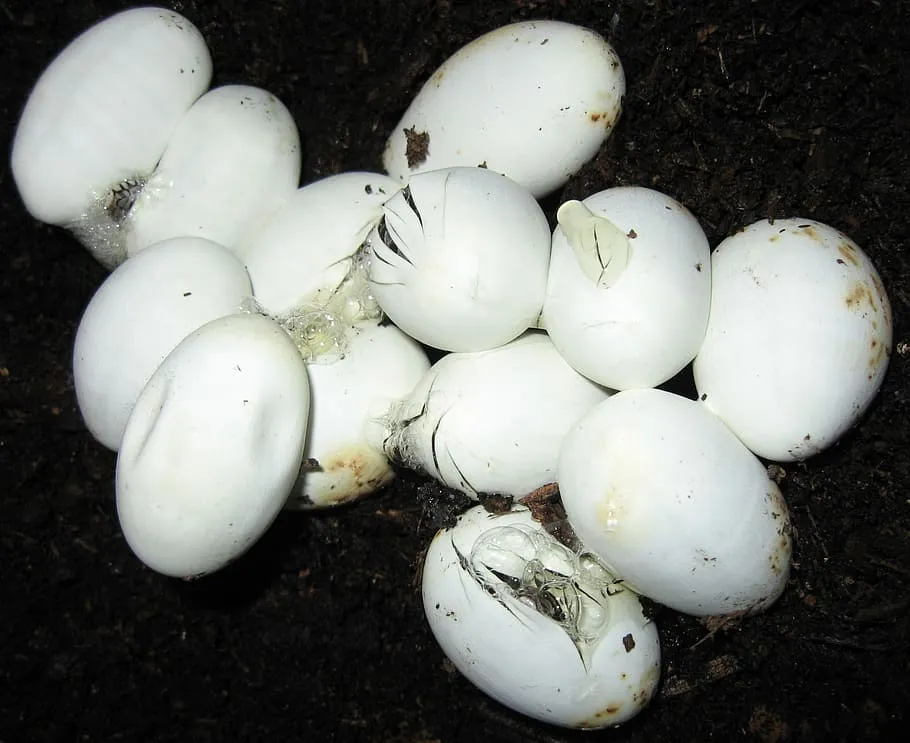
Details: Western rat snakes are oviparous, meaning they lay eggs to reproduce. Mating typically occurs in the spring, with females laying clutches of eggs in hidden, underground locations.
Importance: Understanding reproductive biology is crucial for population management and conservation efforts.
Ecological Implications: Reproductive success influences population dynamics and genetic diversity, impacting the species’ ability to adapt to environmental changes and maintain healthy populations.
13. Lifespan:
Details: In the wild, western rat snakes typically live between 10 to 15 years, although some individuals may live longer under optimal conditions. Lifespan can vary based on factors such as habitat quality, predation, and disease.
Importance: Knowledge of lifespan helps in assessing population dynamics and longevity-related factors.
Ecological Implications: Lifespan influences population turnover rates, with longer-lived individuals potentially contributing more to ecosystem stability and functioning over their lifetime.
14. Major Adaptations:
Details: Western rat snakes possess several adaptations that aid in their survival, including:
Camouflaged coloration for hiding from predators and ambushing prey.
Agile climbing abilities to access prey and escape predators.
Constriction behavior to subdue and consume prey efficiently.
Importance: These adaptations enhance the snake’s ability to thrive in diverse habitats and ecological niches.
Ecological Implications: Adaptations shape the snake’s role as a predator, prey, and habitat modifier, influencing its interactions within ecosystems.
15. Conservation Status:
Details: Western rat snakes are generally considered to be of least concern in terms of conservation status, as they have a wide distribution and stable populations.
Importance: Monitoring conservation status helps in identifying potential threats and implementing protective measures if needed.
Ecological Implications: Stable populations of western rat snakes contribute to ecosystem functioning and biodiversity by controlling rodent populations and serving as prey for other species.
16. Domestication and Suitability as a Pet:
Details: While western rat snakes are not typically domesticated, they are popular as pets among reptile enthusiasts due to their docile nature, ease of care, and attractive appearance.
Importance: Understanding their suitability as pets is important for responsible pet ownership and conservation education.
Ecological Implications: Captive breeding programs for pet trade can help reduce pressure on wild populations, although improper care and release of pets into the wild can pose risks to ecosystems if they become invasive species.
Summary of Information
The western rat snake (Pantherophis obsoletus) belongs to the family Colubridae and is native to North America.
This species exhibits several subspecies, including Pantherophis obsoletus obsoletus, Pantherophis obsoletus lindheimeri, and Pantherophis obsoletus spiloides.
Adults typically range from 3 to 5 feet in length and weigh between 1 to 4 pounds, with variations based on factors such as age and habitat.
They have a slender body with brown to gray coloration and darker blotches or bands along the back, aiding in camouflage.
Western rat snakes have numerous small teeth angled backward for grasping and swallowing prey, and while non-venomous, their bite can be painful.
Primarily carnivorous, they feed on rodents, birds, amphibians, and occasionally small reptiles, contributing to rodent population control.
Behaviorally, they are terrestrial but proficient climbers, utilizing constriction to subdue prey and relying on visual and chemical cues for communication.
Their habitat preferences include forests, grasslands, marshes, and agricultural areas, with a preference for areas with ample cover.
Western rat snakes are found throughout the United States, Canada, and Mexico, playing a role in ecosystem dynamics as both predators and prey.
Tracking signs such as distinctive belly scale tracks aid in species identification and ecological studies.
Reproduction occurs via oviparous means, with females laying eggs in hidden underground locations during the spring.
In the wild, they typically live between 10 to 15 years, contributing to population turnover and genetic diversity.
Major adaptations include camouflaged coloration, agile climbing abilities, and constriction behavior for efficient prey consumption.
Conservation status is generally of least concern, though monitoring is essential for identifying potential threats and implementing protective measures.
While not typically domesticated, western rat snakes are popular as pets due to their docile nature, ease of care, and attractive appearance, with captive breeding programs helping to alleviate pressure on wild populations.
